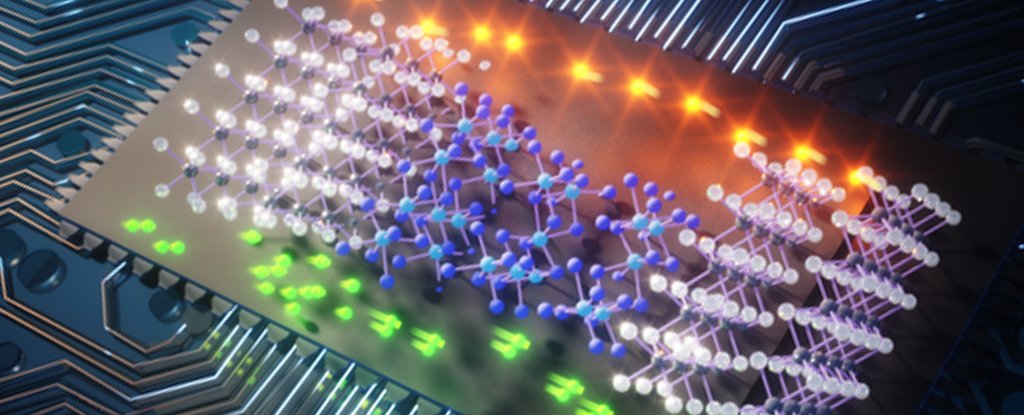
A new type of superconducting diode has been developed by researchers, which is expected to improve the performance of artificial intelligence systems and enable industrial quantum computers. This device is superior in energy efficiency, can process multiple electrical signals at once, and has a unique series of gates that regulate energy flow.
A team of researchers has created a superconducting diode with high efficiency that could be used in quantum computing and improving AI capabilities. The device can process multiple signals simultaneously, which is advantageous for Neuromorphic computing, and is made of materials that are more eco-friendly.
The team led by the University of Minnesota Twin Cities has developed a new superconducting diode, which is an essential element in electronic devices. This device has the potential to scale up quantum computers for industrial use and enhance the performance of artificial intelligence systems.
The researchers claim that their device is more energy efficient than other superconducting diodes, can process multiple electrical signals at once, and features a series of gates to regulate energy flow, which is unprecedented for superconducting diodes.
In an electrical circuit, current can flow in one direction through a diode, which is equivalent to half of a transistor, the main component of computer chips. Currently, researchers are exploring the possibility of using superconductors to transfer energy without loss of power through diodes.
According to Vlad Pribiag, senior author and associate professor in the University of Minnesota School of Physics and Astronomy, computers will soon face significant limitations due to their materials and fabrication methods. This necessitates the use of superconducting technologies to overcome the energy dissipation that limits computing power.
Researchers from the University of Minnesota utilized three Josephson junctions, which are made by sandwiching non-superconducting materials between superconductors they connected with semiconductor layers. This unique design enables the researchers to use voltage to regulate the device’s behavior.
Their device is capable of handling multiple signal inputs, which is not possible with conventional diodes that can only handle one input and one output. This feature could be useful in Neuromorphic computing, which aims to emulate the brain’s functioning to improve artificial intelligence systems.
The method employed by the researchers can be used with any type of superconductor, making it more adaptable and user-friendly than other methods in the field. As a result, their device is more adaptable to industrial settings and could assist in the development of quantum computers for general use.
Pribiag pointed out that quantum computing machines are currently very basic in terms of their real-world needs. Scaling up is necessary to have a computer powerful enough to tackle complex, useful problems. Many people are researching algorithms and usage cases for computers or AI machines. We’re developing the hardware to enable quantum computers to implement these algorithms.
Reference: “Gate-tunable superconducting diode effect in a three-terminal Josephson device” by Mohit Gupta, Gino V. Graziano, Mihir Pendharkar, Jason T. Dong, Connor P. Dempsey, Chris Palmstrøm and Vlad S. Pribiag, 29 May 2023, Nature Communications.